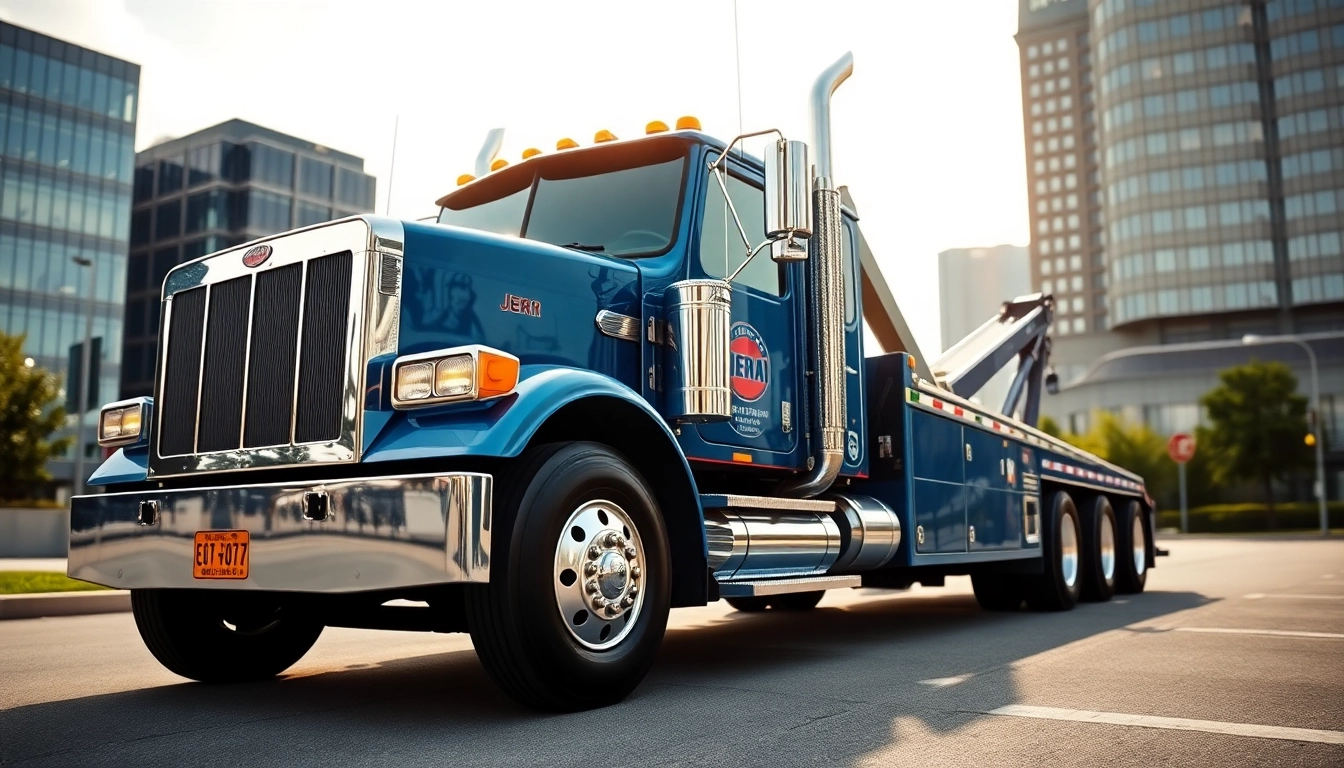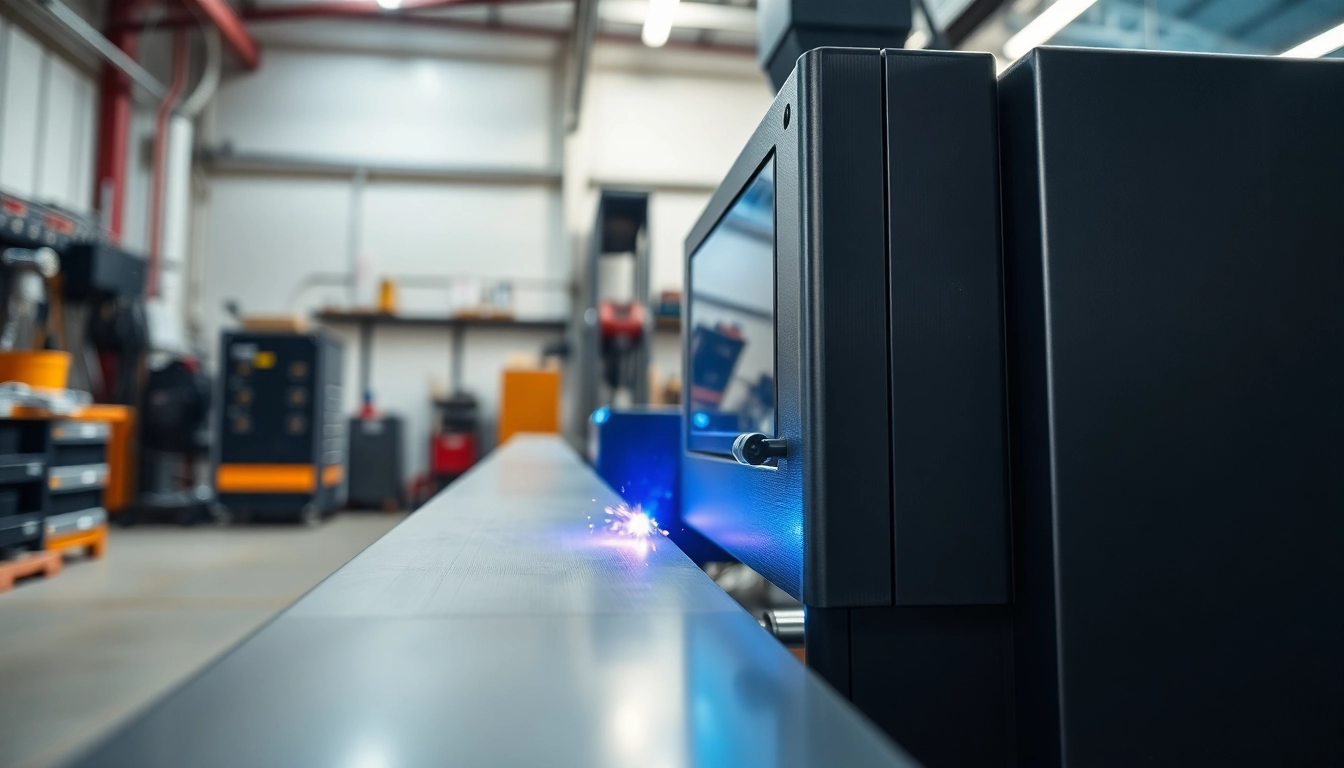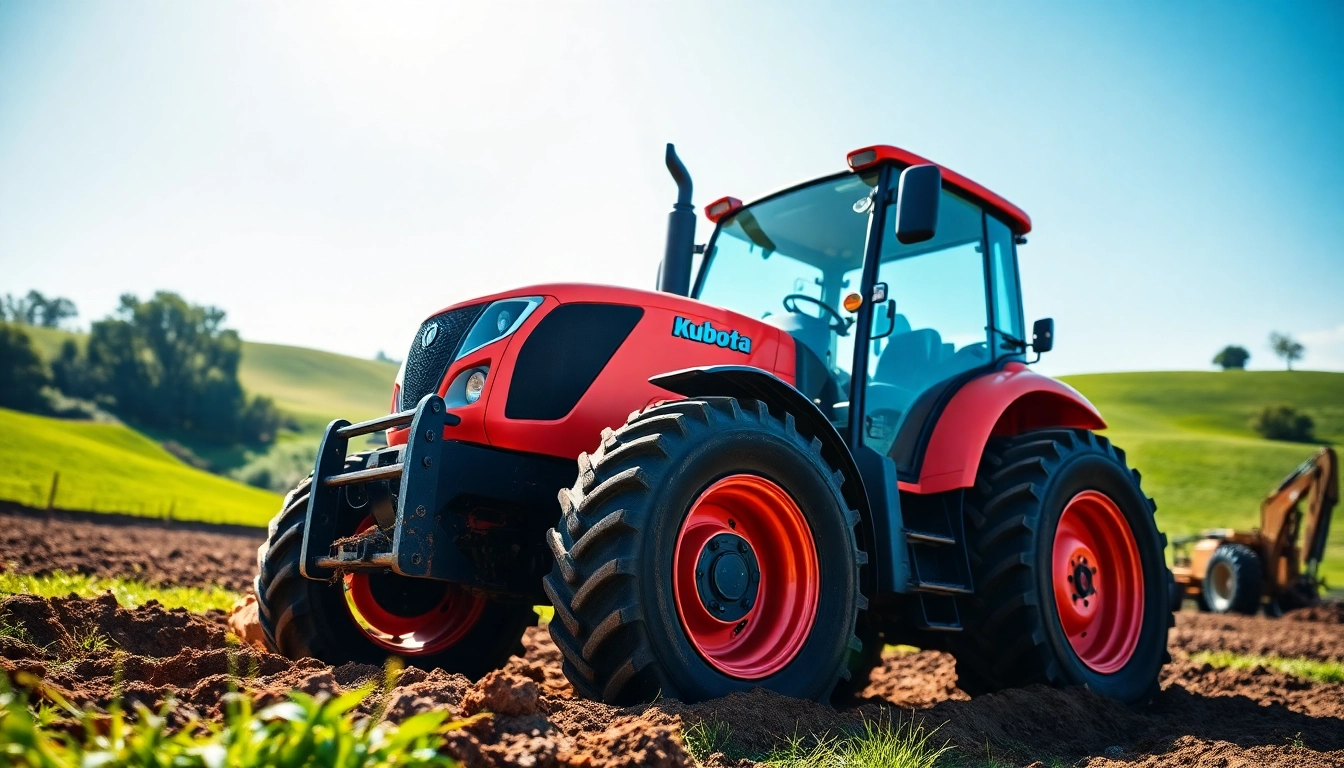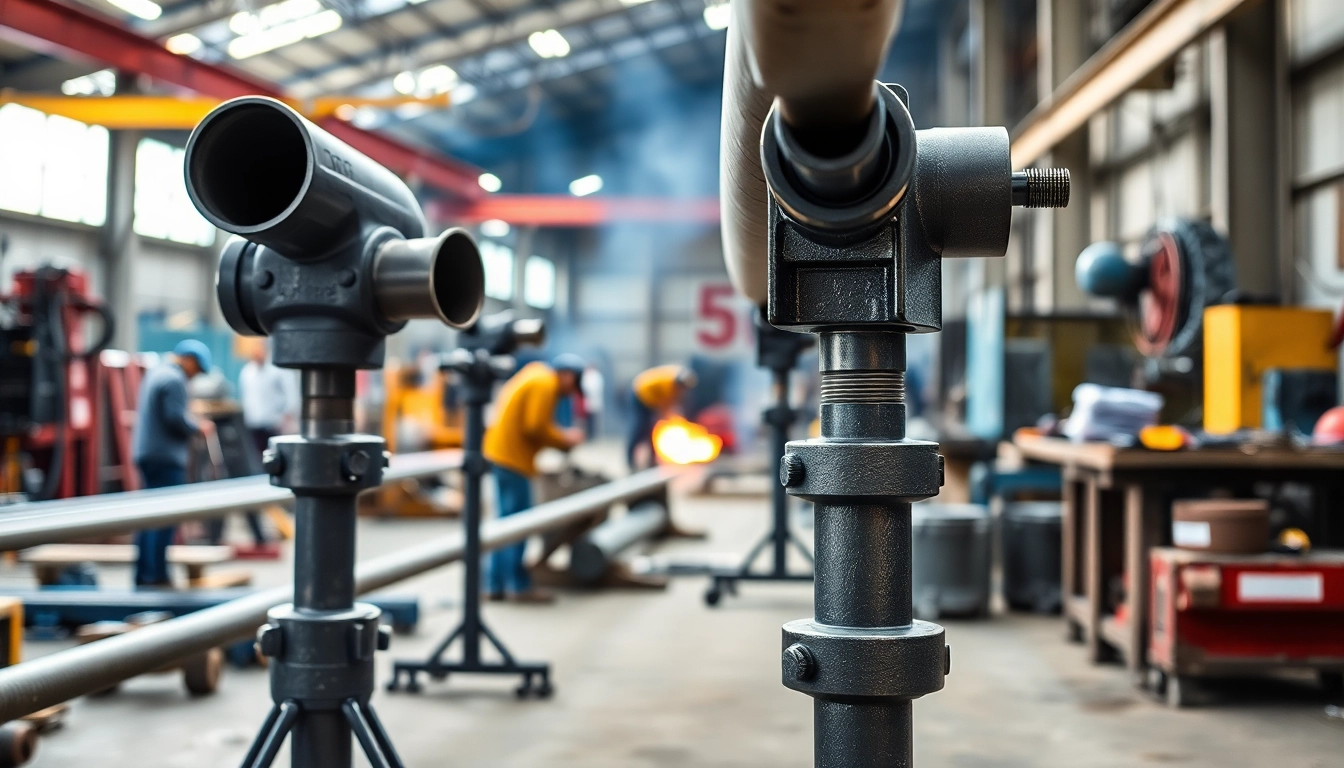Understanding Precision Die Cutting
What is Precision Die Cutting?
Precision die cutting is a manufacturing process that involves cutting materials into specific shapes and sizes with a high degree of accuracy. Utilizing specialized tooling and machinery, this technique transforms materials such as paper, plastic, rubber, and metal into custom parts tailored for various applications. Unlike traditional cutting methods, precision die cutting ensures uniformity and repeatability, essential for industries requiring exact specifications. For those interested in exploring this process further, precision die cutting offers invaluable insights into its capabilities and applications.
Applications Across Industries
Precision die cutting finds its applications in numerous industries, each with distinct requirements:
- Packaging: Used to create intricate boxes, inserts, and other packaging solutions that are essential for both aesthetics and product protection.
- Automotive: Produces components such as gaskets, seals, and sound-dampening materials that improve vehicle performance and comfort.
- Medical: Supplies parts for medical devices, surgical supplies, and implants, where hygiene and precision are of utmost importance.
- Electronics: Creates insulation, cushioning, and other custom parts vital for protecting delicate electronic components.
- Textiles: Advances applications in fashion and upholstery by providing precise shapes and patterns for fabrics.
Key Features and Benefits
The features of precision die cutting set it apart from other manufacturing processes:
- High Accuracy: Precision die cutting enables tolerances down to +/- 0.005 inches, ensuring each part meets exact specifications.
- Efficiency: The ability to produce large quantities rapidly reduces labor costs and turnaround times significantly.
- Versatility: Capable of working with a multitude of materials, including foams, adhesives, films, and metals, allowing for diverse applications.
- Cost-Effectiveness: While the initial investment for tooling may be higher, the long-term cost savings from reduced waste and increased production efficiency outweigh this concern.
Types of Precision Die Cutting Methods
Flatbed Die Cutting Explained
Flatbed die cutting employs a flat horizontal press to cut out shapes using a steel rule die. This method is highly effective for thicker materials and smaller production runs. The process involves placing the material on a flat surface where a hydraulic mechanism applies pressure to the die, cutting through the material with precision. It’s particularly advantageous for applications requiring detailed cuts and intricate designs.
Rotary Die Cutting Advantages
Rotary die cutting is distinct in that it utilizes rotary dies mounted on a cylindrical press. As the material moves through the press, the rotary dies engage, cutting the material into pre-defined shapes. This method excels in high-speed production environments, making it ideal for large volume orders. The continuous nature of rotary cutting minimizes setup time while delivering exceptional cut quality.
Laser Die Cutting Techniques
Laser die cutting employs a high-powered laser to cut materials with precision. This technology is particularly effective for complex shapes and intricate designs that would be challenging to achieve with traditional methods. Laser cutting is known for its neat edges and minimal waste, as it uses a focused beam to vaporize the material without damaging surrounding areas. It is perfect for applications in the electronics and medical sectors, where precision is critical.
Design Considerations for Effective Die Cutting
Material Selection for Precision Cuts
Choosing the right material is fundamental to the die cutting process. Factors such as thickness, rigidity, and composition influence the final outcome. Industries often use:
- Papers and Boards: Common in packaging and printing applications.
- Flexible Plastics: Used for labels, covers, and packaging.
- Foams: Essential for cushioning applications in medical and automotive sectors.
- Adhesives: Require precision for gaskets and seals where bond integrity is crucial.
Design Tolerances and Their Importance
Understanding design tolerances is vital for successful die cutting. Tolerance levels determine the acceptable variation in dimensions, which is essential in industries requiring high precision. Variations beyond the specified tolerances can lead to part failure or inefficiencies in assembly processes. Typically, a tolerance range of +/- 0.005 inches is standard for precision die cutting, allowing for market competitiveness and product reliability.
Prototyping Before Full Production
Prototyping is a critical step in the precision die cutting process. It allows businesses to evaluate the design’s feasibility, identify potential issues, and make necessary adjustments before full-scale production. Creating prototypes helps ascertain the functionality and compatibility of parts within larger assemblies, significantly reducing the risk of costly errors in later production stages.
Choosing the Right Die Cutting Service
Evaluating Vendor Capabilities
When selecting a die cutting service provider, several factors should be considered to ensure they meet your project requirements:
- Experience and Expertise: Evaluate the vendor’s experience in your specific industry to confirm they understand your unique needs.
- Technology and Equipment: Ensure the provider has state-of-the-art machinery capable of delivering the accuracy and volume you require.
- Quality Assurance Practices: Look for certifications or quality management processes that guarantee the integrity of the products produced.
- Customer Service: A responsive and knowledgeable customer service team can address questions or concerns, enhancing the collaborative process.
Cost Factors in Precision Die Cutting
Understanding the cost structure of precision die cutting can help in budgeting for projects. Key factors influencing cost include:
- Material Costs: The type and thickness of materials selected can dramatically affect pricing.
- Tooling Expenses: Initial costs for the die can be significant; however, they typically decrease with larger order quantities as the cost is amortized.
- Production Volume: Higher quantities generally lead to lower per-unit prices due to economies of scale.
- Complexity of Design: More intricate designs may require additional setup time and customized tooling, impacting overall project costs.
Customer Testimonials and Case Studies
Real-world examples and testimonials can provide insights into a vendor’s reliability and capabilities. Look for case studies that demonstrate successful projects in similar industries. Testimonials can reveal client satisfaction and highlight any potential red flags regarding service or product quality.
Future Trends in Precision Die Cutting
Sustainability in Die Cutting Practices
As industries increasingly prioritize sustainability, die cutting practices are adapting accordingly. Utilizing eco-friendly materials and implementing recycling programs can significantly reduce environmental impact. Sustainable die cutting not only addresses consumer demand for greener practices but also enhances brand reputation and compliance with regulations.
Technological Advancements to Watch
The landscape of precision die cutting is ever-evolving. Advances in automation, artificial intelligence, and machine learning are improving efficiency and precision. Enhancements in software for designing and managing die cutting processes will also reduce lead times and optimize production schedules, fostering innovation across sectors.
Enhancing Efficiency with Automation
Integrating automation into die cutting processes can substantially increase productivity and consistency. Automated systems reduce human error and allow for faster turnaround times on orders. Manufacturers are increasingly adopting robotic systems for loading, unloading, and feeding materials into die cutting machines, transforming traditional workflows into streamlined operations.














Leave a Reply